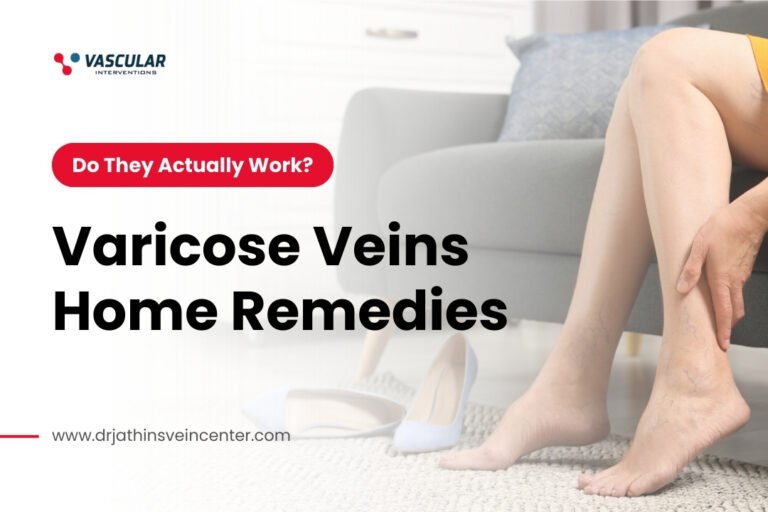Peripheral Arterial Disease (PAD) is a prevalent yet often underdiagnosed condition with potentially serious complications. The currently accepted treatment avenues range from lifestyle modifications to medical management to endovascular therapies and, in severe cases, surgical interventions. However, the notion of bypass grafts, stents, or the looming possibility of an amputation can be intimidating for many patients.
Today, we aim to delve into the constantly expanding world of non-surgical treatment options for PAD, putting the spotlight on innovative therapies such as balloon angioplasty, stenting, lasers and atherectomy catheters. These treatments are minimally invasive and strive to enhance the patient’s quality of life, reduce symptoms, and halt the condition’s progression. Our focus is on empowering patients and medical professionals alike with an understanding of alternative treatments to manage PAD more effectively and less invas11ively.
- Understanding the Non-Surgical Approach
Peripheral Arterial Disease (PAD) is a common condition affecting millions worldwide. For many years, the primary treatment option for PAD has been surgery. However, recent technological advancements have led to the development of non-surgical treatment options that can be just as effective at treating PAD.
Understanding the non-surgical approach is essential in exploring all available treatment options for PAD patients. Non-surgical treatments, such as medication, exercise, and lifestyle changes, can improve PAD symptoms, slow the progression of the disease, and reduce the risk of complications.
Additionally, non-surgical options may be particularly beneficial for patients who are unsuitable for surgery due to various reasons such as age, medical history, or other underlying health conditions. Therefore, patients and physicians must know these non-surgical peripheral arterial disease treatment options when considering the best course of action for managing PAD.
2. Benefits of Non-Surgical Treatment
Non-surgical treatment options for Peripheral Arterial Disease (PAD) have gained popularity recently due to their effectiveness and minimally invasive nature. There are numerous benefits to opting for non-surgical treatment options for PAD.
Firstly, non-surgical treatments do not require general anesthesia, which can put patients at risk for complications.
Additionally, there is minimal risk of infection, bleeding, or scarring associated with non-surgical treatments.
Patients undergoing non-surgical treatments typically experience shorter recovery times and can return to daily activities sooner.
Non-surgical treatments are also often less expensive than surgical options, making them a more accessible choice for patients seeking treatment for PAD. Overall, non-surgical treatments offer numerous benefits for patients seeking PAD treatment options, making them attractive to many individuals.
3. Types of Non-Surgical Treatments
Non-surgical treatments are an increasingly popular option for peripheral arterial disease (PAD) individuals. These treatments provide a less invasive approach to addressing PAD symptoms and can be performed on an outpatient basis with minimal downtime.
There are three primary types of non-surgical treatments for PAD: lifestyle changes, medications, and minimally invasive procedures.
Lifestyle changes can include exercise, smoking cessation, and a healthy diet.
Medications like blood thinners or cholesterol-lowering drugs can help improve blood flow and prevent blood clots.
Minimally invasive procedures, such as angioplasty or stenting, involve using a catheter to open up blocked arteries and improve blood flow.
Each of these non-surgical treatment options can be highly effective in treating PAD, and they are often used in combination with one another to achieve the best possible outcomes for patients.
4. Risks and Side Effects
When exploring non-surgical peripheral arterial disease (PAD) treatment options, it is vital to consider each option’s potential risks and side effects. One standard non-surgical treatment for PAD is medication therapy, including antiplatelet agents, anticoagulants, and vasodilators. While these medications can effectively manage PAD symptoms, they can also increase the risk of bleeding and other complications.
Additionally, some patients may experience adverse side effects such as headaches, nausea, and dizziness.
Another non-surgical treatment option is supervised exercise therapy, which can improve walking distance and reduce pain, but may also cause fatigue and soreness. Patients must discuss these risks and side effects with their healthcare provider and weigh them against the potential benefits when considering non-surgical PAD treatment options.
5. Choosing the Right Treatment Option
Choosing the right treatment option for peripheral arterial disease (PAD) is a critical decision that requires careful consideration. The proper treatment option will depend on various factors, including the disease’s severity, the blockage’s location, and the patient’s overall health. Exploring all non-surgical options before considering surgery is essential, as non-surgical treatments are often less invasive and require less recovery time.
Some non-surgical treatment options for PAD include lifestyle changes, medication, and minimally invasive procedures such as angioplasty and stenting. Discussing all options with a healthcare professional to determine the best course of treatment for each patient is essential.
Conclusion
Exploring non-surgical peripheral arterial disease (PAD) treatment options is essential to improve blood flow and prevent complications. From lifestyle changes to medications, minimally invasive procedures, and exercise therapy, several options are available to manage PAD.
Seeking advice from a healthcare professional is crucial to determine which treatment option is best for you based on your medical history, symptoms, and overall health. Early diagnosis and intervention can help improve your quality of life and prevent the progression of PAD.


